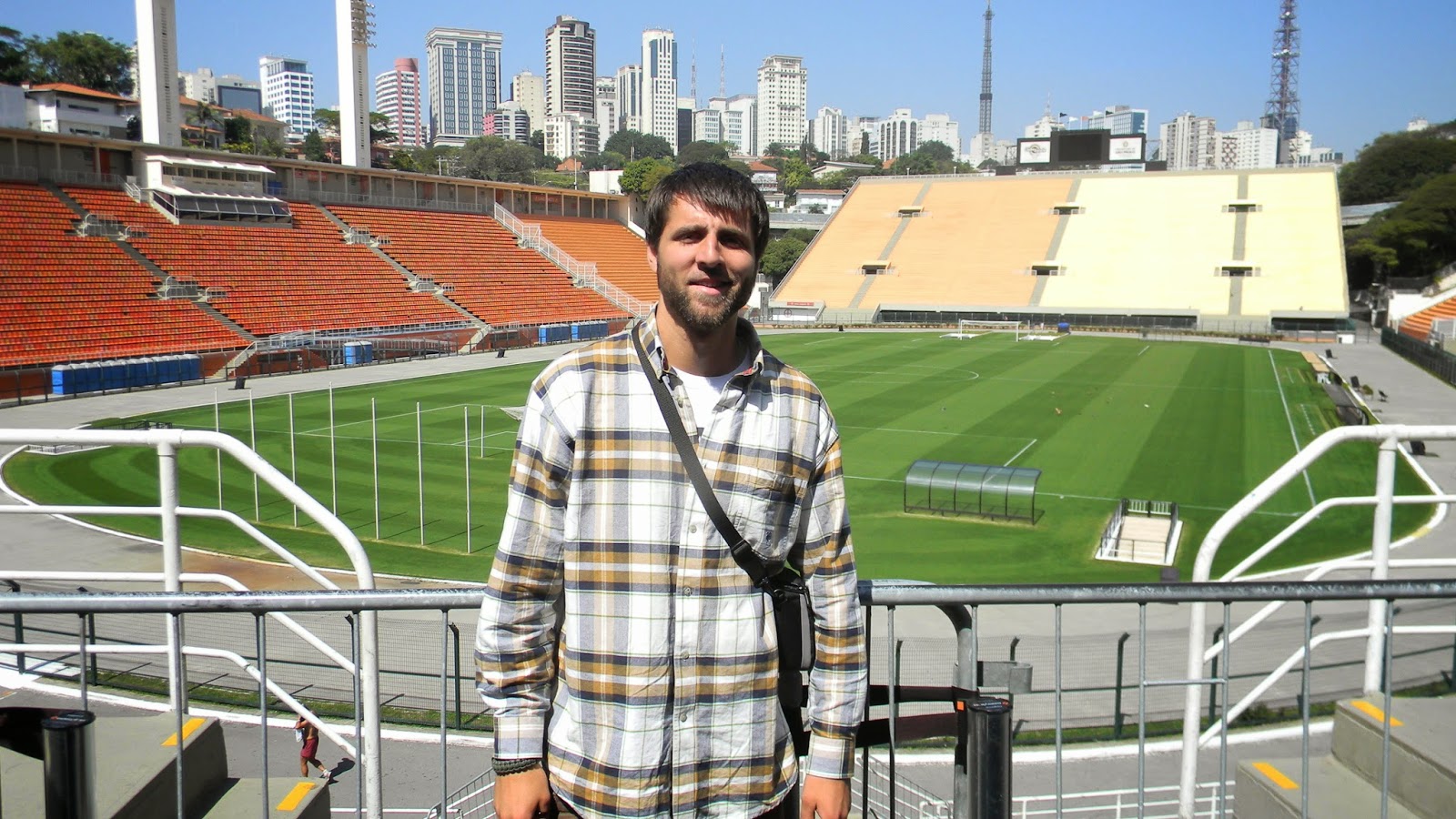Hey everybody, I’m back in the United States…. Actually I
have been back for a couple of months now, and the transition back has been
interesting to say the least. For the most part it’s good to be home, but
sometimes I do have saudades for the Brasilian lifestyle. Anyway I will
continue to blog a bit, and hopefully reflect on some of my travels in Europe
as well even if the posts have a larger gap in between. My post will probably
shift a little more toward fitness and a little away from food =( but I’m
pleased to say this post is the 1st of a 3 part series I will be writing for
one of my classes so I hope you all still enjoy it. It pertains to both my
Health Fitness emphasis as well as my Psychology minor ... Oh yeah the source
for this info came from research conducted in Brasil!
Obesity is a worldwide problem that affects countries of all
sizes and levels of development. It is well know that diet and exercise are
things that combat obesity as well as cardiovascular problems that often
accompany it. Cardiorespiratory fitness is a benefit of exercise that helps to
reduce the risk of complications from obesity and sedentary lifestyle. Recent
research has given a few insights on just how exercise intensity over a 12 week
period can affect your motivation, cardiorespiratory fitness and those extra
pounds.
1. You need to know
yourself and select a trainer/program that fits you- The 2 programs had
trainers supervising the workouts. This may have been to protect the integrity
of the study, but it also can help as you try and stay on track with your
exercise goals. The first group was instructed only to walk at an intensity
that gave them a good work out, and not so intense that it would stop them from
exercising on a daily or every other day basis. While the second group was
verbally encouraged and given feedback to get them to workout at an intensity
determined by their pre-program test. This can make some people very
uncomfortable. So knowing what you’re getting into when you start an exercise
program can help you determine what will work best to help you achieve your
goals. It is also important that your trainer is a good match for your needs
and can push you in the appropriate manner.
2. Everyone has a
breaking point- Over half of the participants who were pushed to keep a set
intensity dropped out of the study. Like I had mentioned before, the intensity most
likely caused too much discomfort for them to want to continue with the study.
Without knowing what they were getting into nor the results they would achieve,
anyone could have been discouraged by this.
3. We are capable of
more than we think- The participants of this study that were given a set
intensity and pushed to meet that intensity achieved significantly greater
improvements in cardiorespiratory fitness measured by maximal oxygen
consumption(VO2max). Without this imposed intensity they most likely
would have had VO2max improvements comparable to those who chose their own
intensity. It all depends on how you respond to being pushed. Some thrive in
this condition and other are hindered by it.
4. Exercise alone cannot
significantly reduce your body fat- Based on the pre and post program
measurements of a densitometer there was not a significant drop in body fat
percentage (%BF) for those who chose their intensity or those who were given an
intensity to exercise at, when compared to a group who did not participate in a
program. However the participants did not gain any fat during the program. Some
participants did lose a small amount of %BF, but this was not significant for
the length of the program. It is believed that the missing piece for reduction
in %BF was that there was no restriction on how many calories were consumed
during the 12 weeks. So remember exercise can make you hungrier; eating the
right foods is a key to changing your body for the better.
APA Format
Freitas, L. G., Krinski, K., Elsangedy, H. M., Freitas, R.
Q., Durigan, J. Z., Feitosa, A. A., & ... DaSilva, S. G. (2014). The Impact of a Self-Selected and
Imposed Intensity on Cardiorespiratory Fitness and Body Composition in Obese Women. Journal Of Exercise Physiology Online, 17(2), 44-52.












